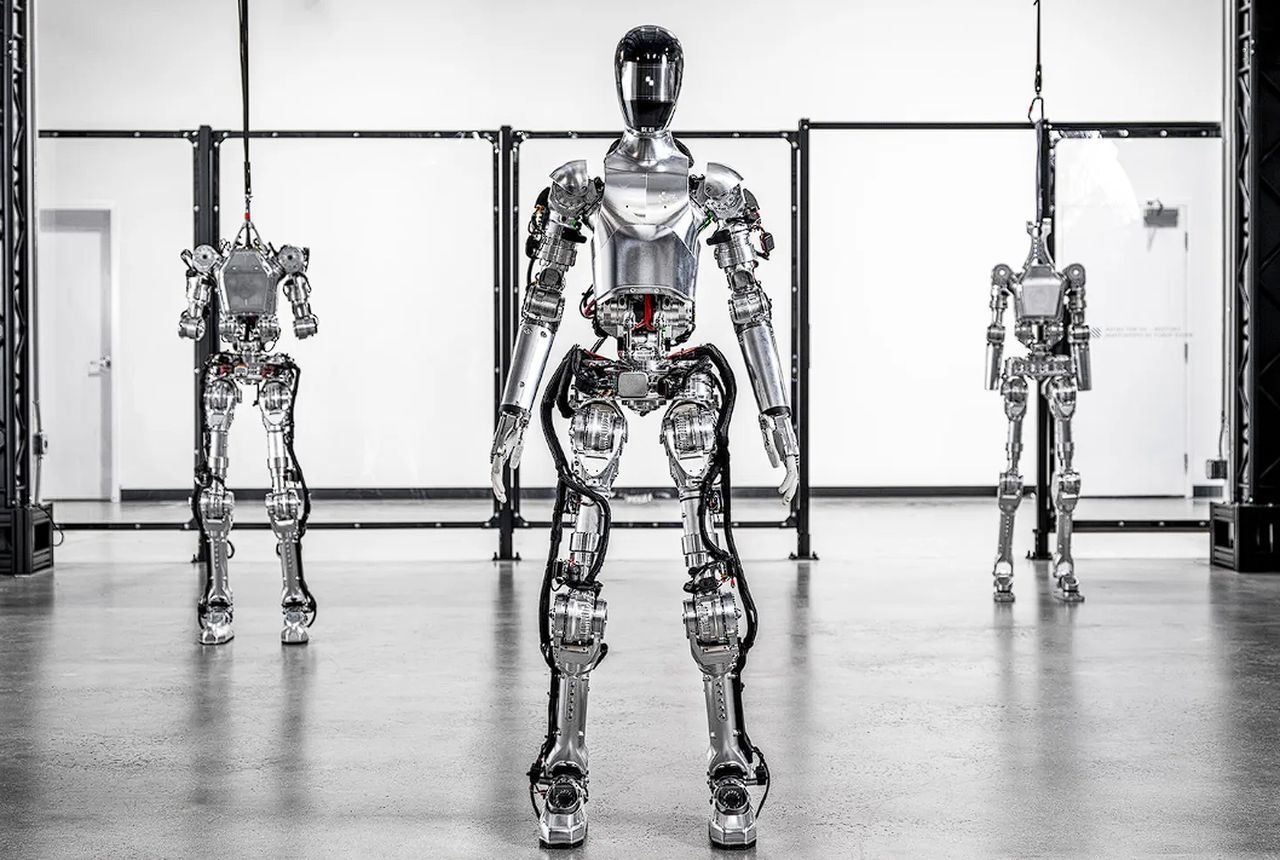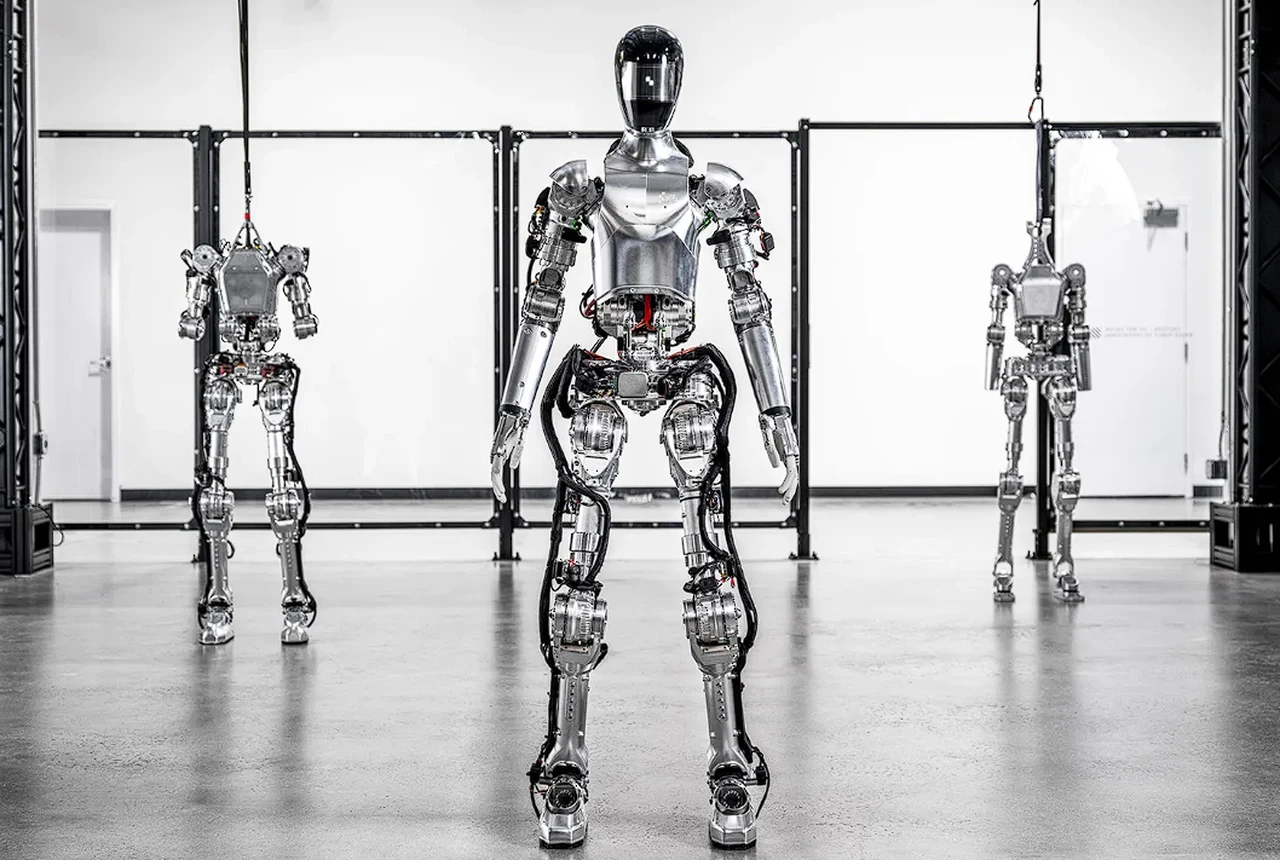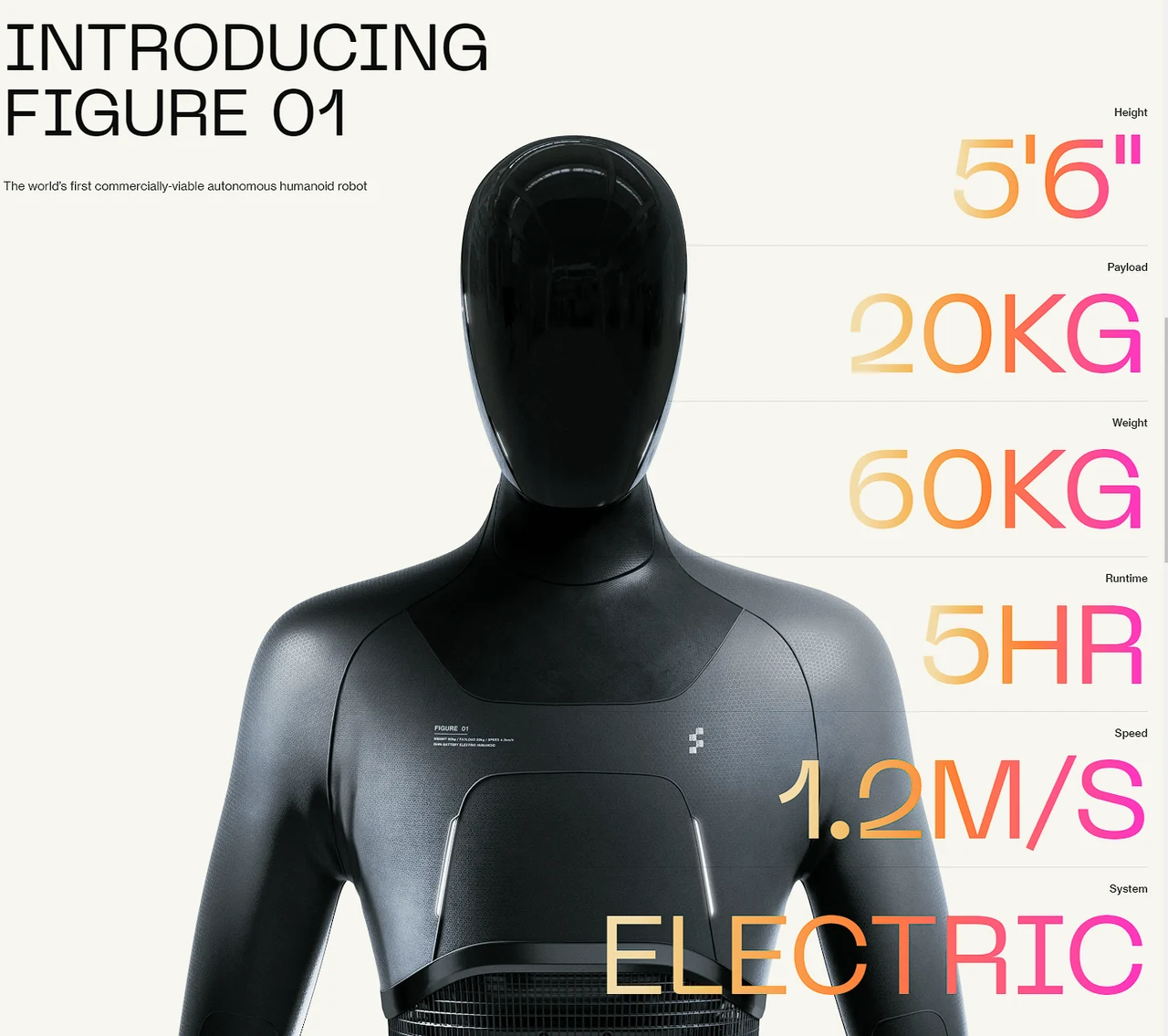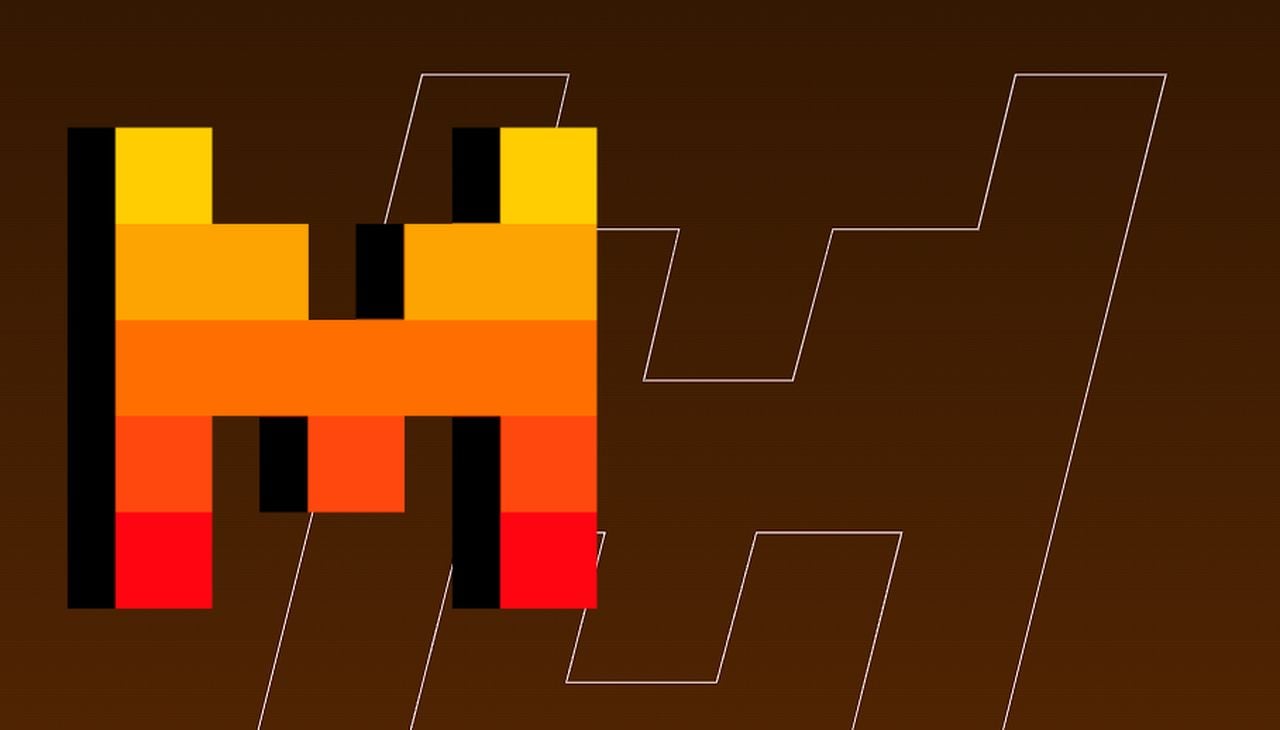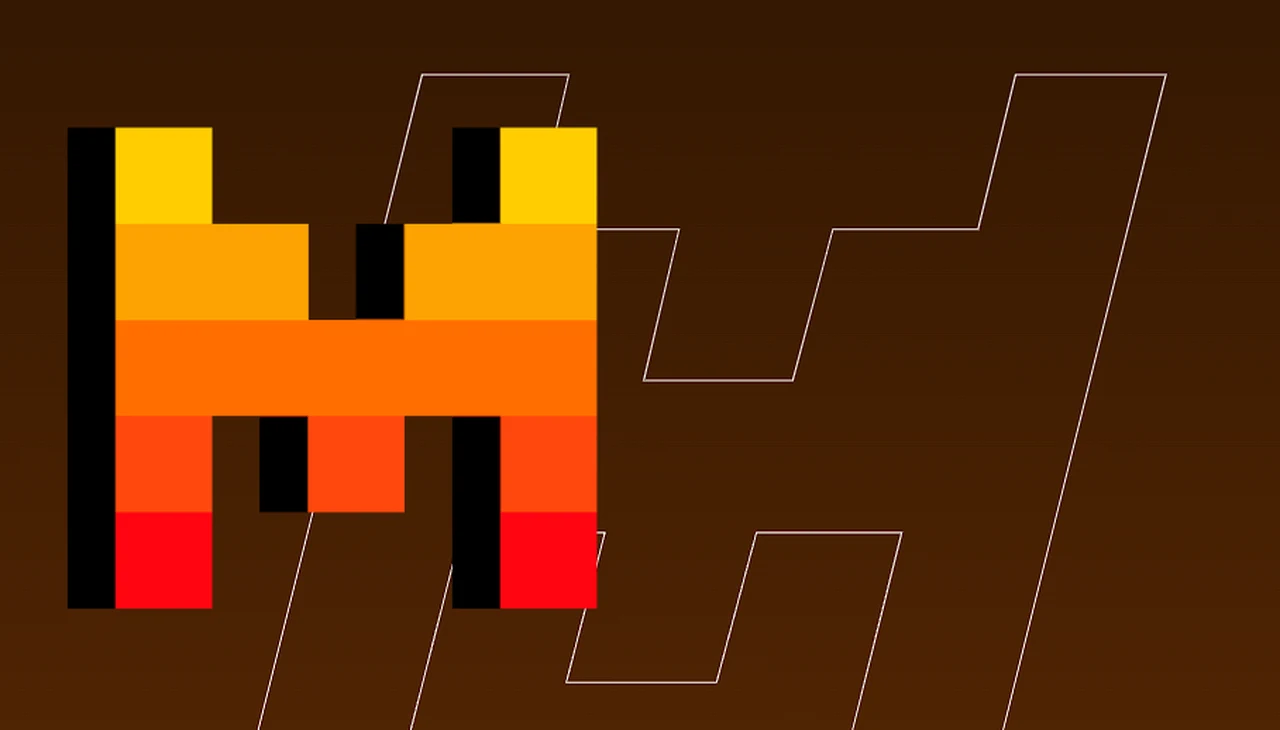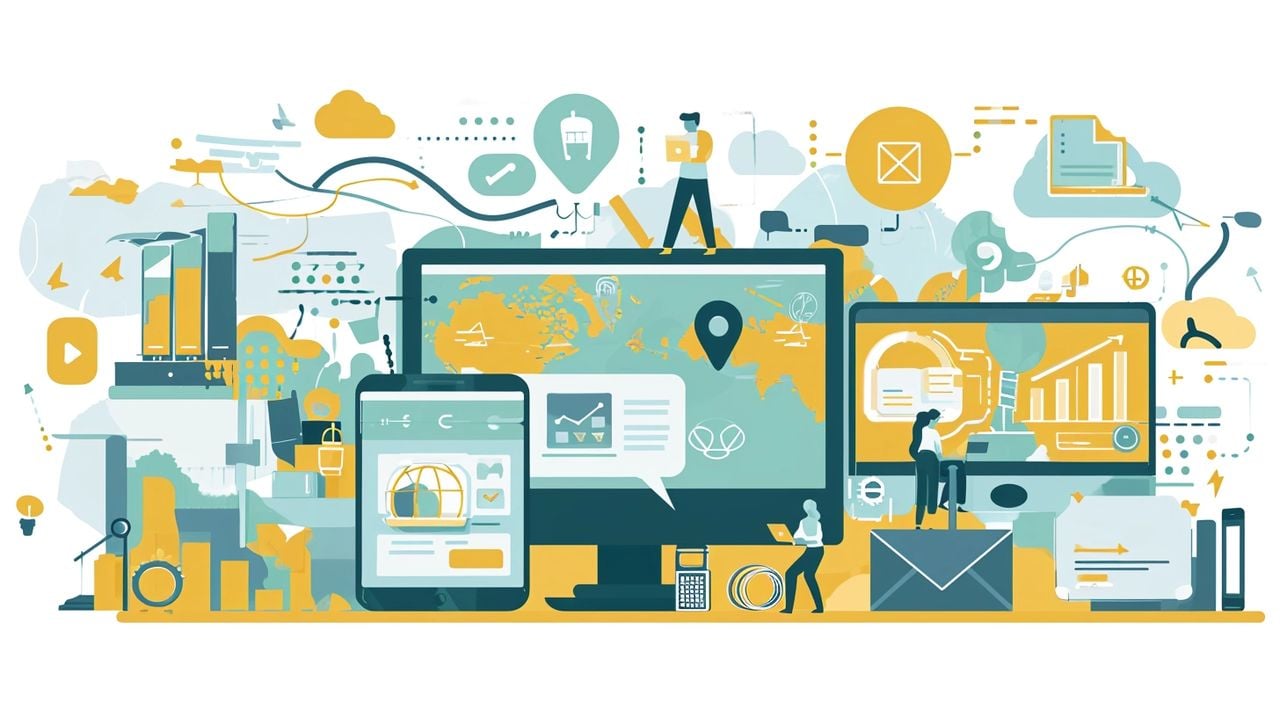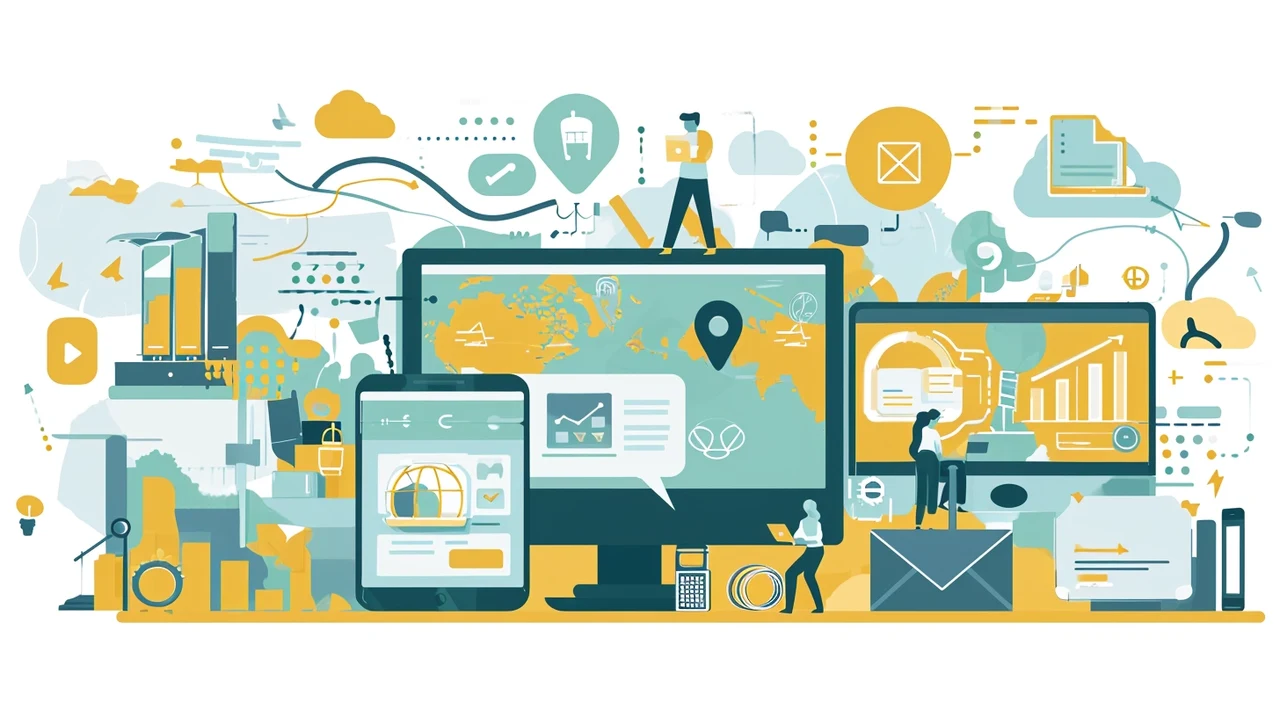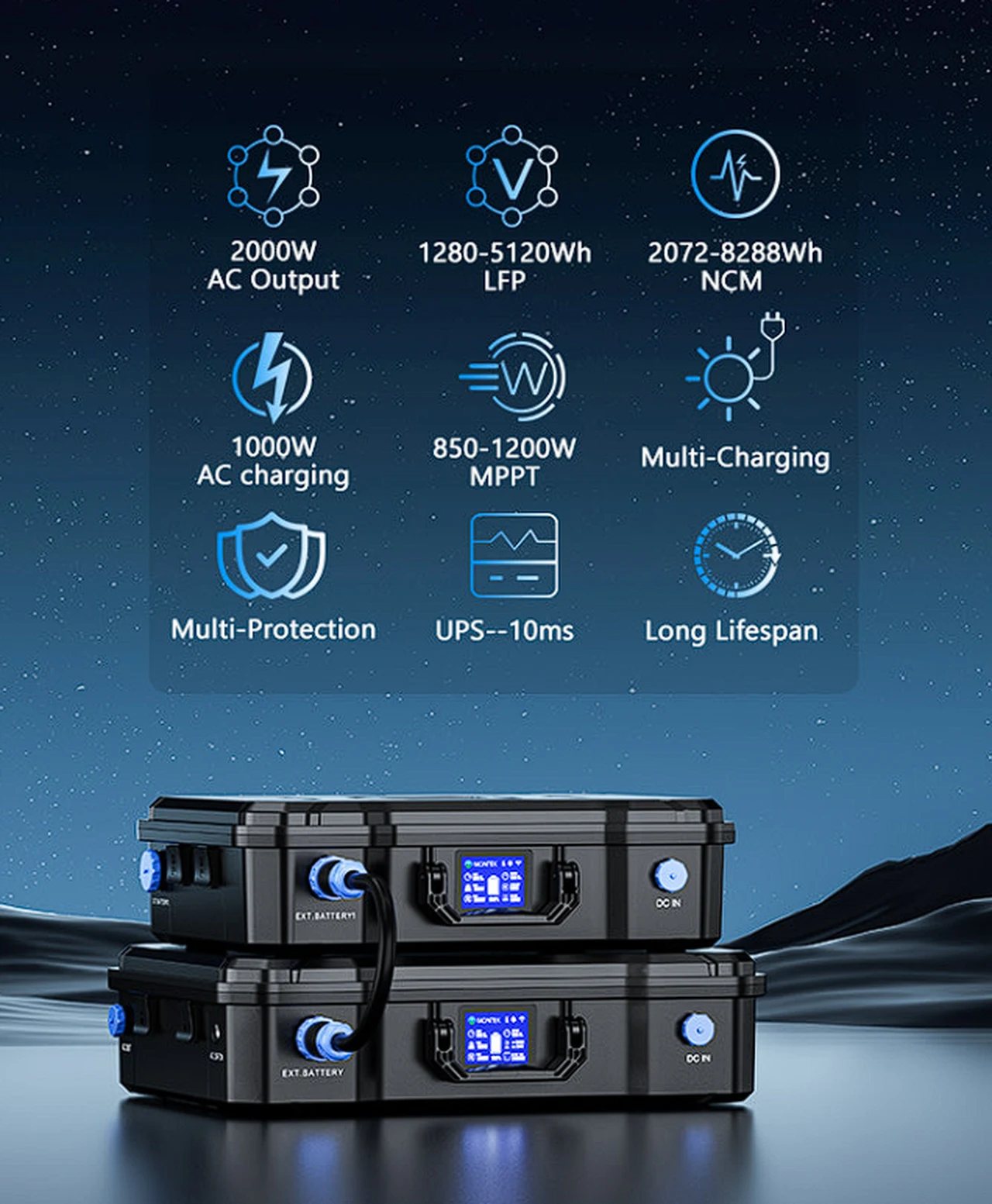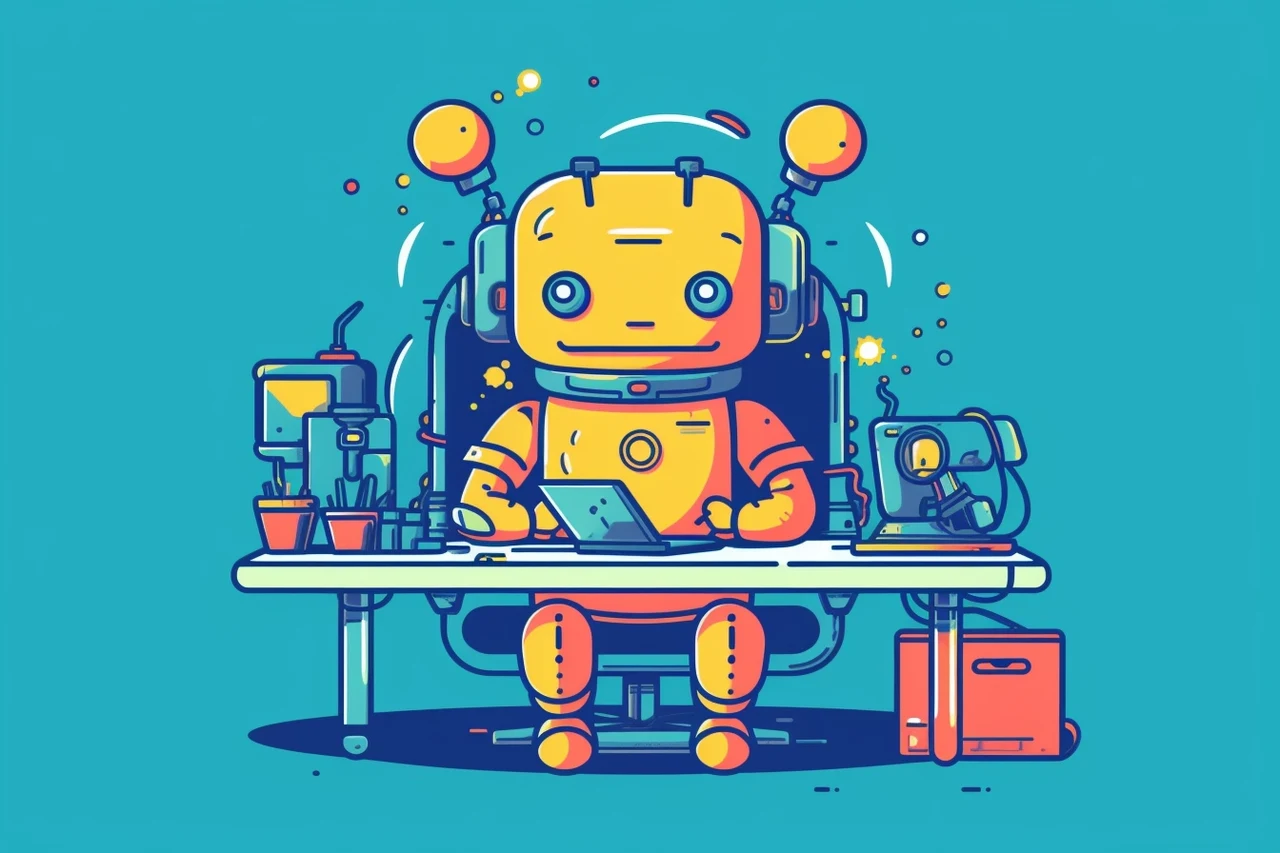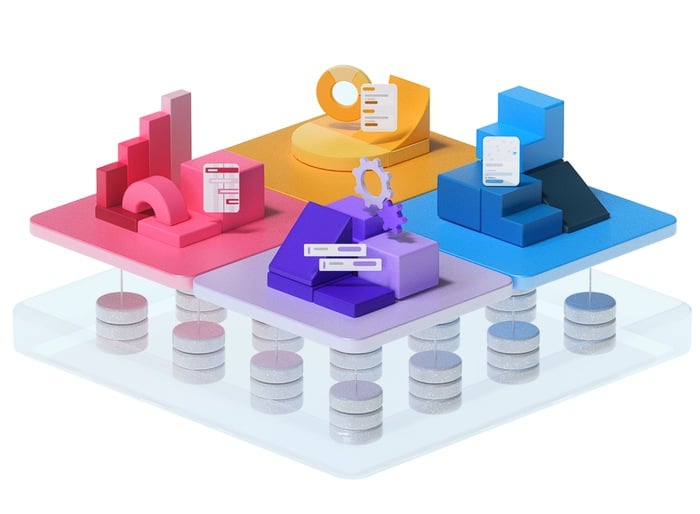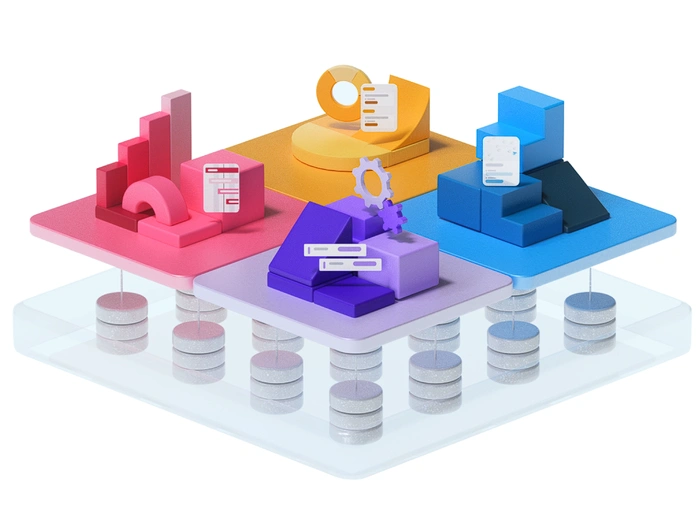[ad_1]
The popular Arc Browser has been wowing macOS and iOS users for years, and now it’s . The Windows version of The Browser Company’s software . The only caveat? The web browser is only available for Windows 11, though a Windows 10 version is on the way.
While a direct competitor to browsers like Chrome and Edge, Arc is actually quite unique. It features a collapsible sidebar with vertical tabs and bookmarks, so there are no tabs up top. This gives users a clean view of the actual website they’re visiting, without any unnecessary clutter. It also lets people build spaces to keep things organized, which kind of works like folders on a desktop. Looking for recipes and applying for jobs at the same time? Just dump tabs and research from the former into one space and the latter into another space.
The Peek feature lets users preview a link before opening it and Little Arc opens up a lightweight browser window for viewing something quickly and with minimal memory usage. There’s a bit of a learning curve with Arc, given we’ve been using browsers in the same exact way for decades, but that’s been worth it for many users.
It’s also ultra-customizable, making for the kind of personalized experience that isn’t available with rival browsers. Arc actually lets users customize the look of any website they visit, so people can take their aggression out on Engadget by turning the site neon green or changing the font to something hideous. Folks can even highlight entire sections and delete them from view. As an added bonus, Chrome plugins work with Arc, making for an easy migration.
Another big thing here is Swift integration. Arc actually runs on Swift, which is a programming language created by Apple for building apps for iOS, Mac, Apple TV and Apple Watch. So by bringing Arc to Windows, the Browser Company is also bringing Swift to Windows for the first time.
This means that third parties will, eventually, be able to build Windows applications using Swift. This programming language is than, say, Python and the like. The company’s been working on bringing Swift to Windows computers for six years, with calling it “an effort of love.”
The Browser Company promises this is just the beginning of Arc on Windows. It says there will be regular performance improvements and new features “dropping in the coming weeks and months.” In the meantime, the browser’s free if people want to give it a looksie.
This article contains affiliate links; if you click such a link and make a purchase, we may earn a commission.
[ad_2]
Source Article Link

